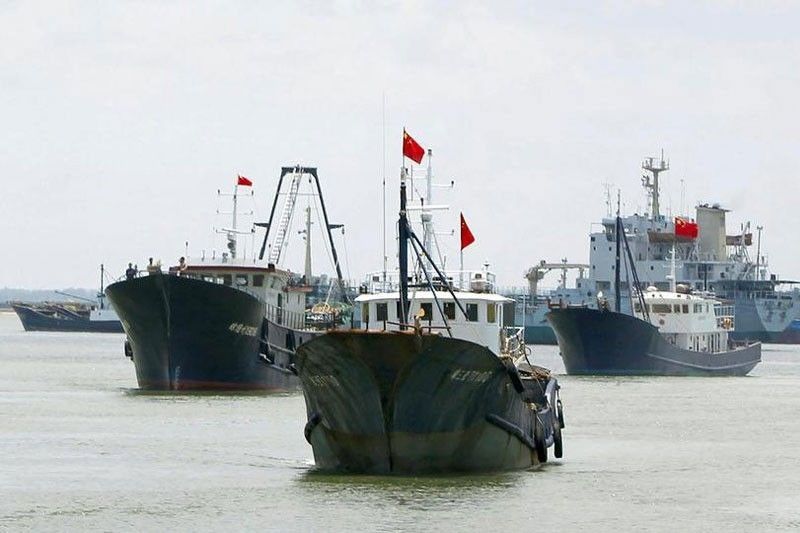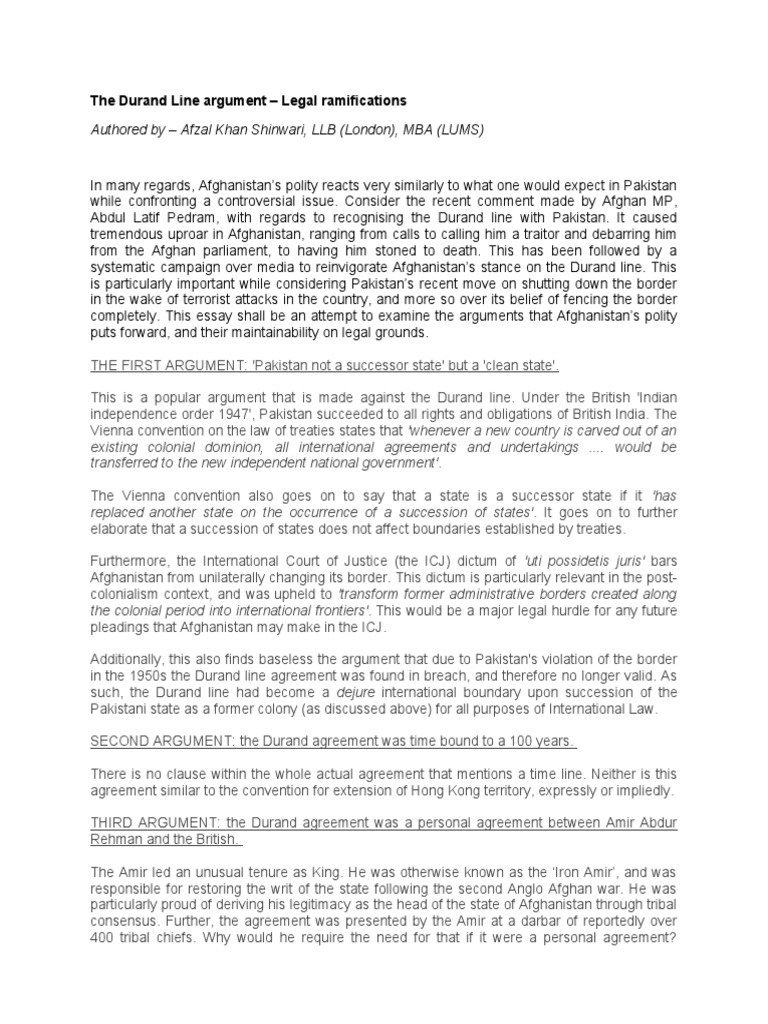Sydney Harbour And Beyond: Understanding The Rise Of Chinese Maritime Presence

Table of Contents
Economic Drivers of Chinese Maritime Expansion
China's burgeoning maritime activity is significantly fueled by its economic ambitions. Two key drivers stand out: the Belt and Road Initiative (BRI) and the nation's considerable demand for resources and energy.
The Belt and Road Initiative (BRI) and its Maritime Silk Road
The BRI, a massive global infrastructure development strategy, significantly impacts China's maritime presence. Its Maritime Silk Road component aims to create new trade routes and enhance connectivity through port development and maritime infrastructure improvements worldwide. This initiative has led to substantial Chinese investment in ports and logistics across the Indo-Pacific, potentially impacting even Sydney's port facilities.
- Increased trade volume between China and Australia: The BRI facilitates increased trade, leading to a higher volume of shipping between the two nations.
- Development of new shipping routes and logistics hubs: The initiative develops new and more efficient routes, reducing transit times and costs.
- Investment in port infrastructure upgrades and expansion: Chinese investment upgrades existing ports and builds new ones, increasing capacity and efficiency. This could include improvements to port facilities along Australia's coastline, though the scale and nature of this impact remains a subject of ongoing discussion.
Growing Chinese Demand for Resources and Energy
China's rapid economic growth fuels an enormous demand for raw materials and energy, much of which must be imported. Australia plays a significant role in meeting this demand, exporting vast quantities of iron ore, coal, and other resources. This dependence translates directly into increased maritime activity.
- Increased demand for bulk commodities: China's voracious appetite for raw materials leads to a dramatic rise in bulk carrier traffic.
- Rise in the number of Chinese bulk carriers visiting Australian ports: Australian ports are key destinations for Chinese vessels transporting vital resources.
- Implications for Australian export industries and port capacity: This increased shipping volume presents both opportunities and challenges for Australia, requiring investment in infrastructure and efficient port management.
Strategic and Geopolitical Implications of the Chinese Maritime Presence
Beyond economic factors, China's expanding maritime presence carries significant strategic and geopolitical implications.
China's Naval Modernization and its Presence in the South China Sea
China's ongoing naval modernization program, including the development of advanced naval vessels and technologies, has significantly increased its maritime power projection capabilities. Its assertive claims in the South China Sea, coupled with increased naval exercises and deployments, have raised concerns about freedom of navigation and regional security. These actions directly impact Australia's strategic interests and its alliances with nations sharing similar concerns.
- Increased naval exercises and deployments: China's naval presence is increasingly visible through frequent exercises and deployments in the region.
- Development of advanced naval technologies: China's investment in cutting-edge naval technology enhances its maritime capabilities.
- Potential for increased maritime tensions in the region: The assertive posture of the Chinese navy raises the potential for increased tensions and conflicts.
Diplomacy and Regional Influence
China actively engages in diplomacy and invests heavily in infrastructure projects across the Indo-Pacific region to strengthen its relationships and extend its influence. This strategy involves economic aid, infrastructure development, and strategic partnerships.
- Increased diplomatic engagement with Pacific Island nations: China is actively courting Pacific Island nations, expanding its diplomatic reach and influence.
- Development of strategic partnerships with regional countries: China is building strategic partnerships across the region through various initiatives.
- Impact on Australia's regional influence: China's growing influence presents both challenges and opportunities for Australia in the region.
The Australian Response to the Growing Chinese Maritime Presence
Australia's response to the expanding Chinese maritime presence is characterized by a careful balancing act between maintaining strong economic ties and addressing strategic security concerns.
Strengthening Alliances and Partnerships
Australia strengthens its alliances, particularly with the US and other regional partners, to enhance maritime security. This involves increased intelligence sharing, joint military exercises, and collaboration on regional security frameworks.
- Enhanced joint military exercises: Australia participates in increased joint military exercises with allies to enhance interoperability and readiness.
- Increased intelligence sharing and cooperation: Intelligence sharing and collaboration with allies are critical for maintaining situational awareness.
- Strengthening of regional security frameworks: Australia works to strengthen regional security frameworks to address shared challenges.
Balancing Economic Ties with Strategic Concerns
Balancing economic dependence on China with strategic security concerns presents a considerable challenge for Australia. The government's approach includes diversifying trade partners, investing in national security capabilities, and developing robust maritime surveillance systems.
- Diversification of trade partners: Australia is actively seeking to diversify its trade relationships to reduce reliance on any single partner.
- Investment in national security capabilities: Significant investment in national security infrastructure and capabilities is crucial to address security concerns.
- Development of robust maritime surveillance systems: Advanced maritime surveillance systems are essential for monitoring and managing maritime activity in Australia's waters.
Conclusion
The rise of the Chinese maritime presence, evident even in locations like Sydney Harbour, is a complex phenomenon shaped by economic ambitions, strategic objectives, and geopolitical dynamics. Understanding this rise requires analyzing the interplay between China's Belt and Road Initiative, its resource demands, and its expanding naval capabilities. Australia's response requires a delicate balance – maintaining vital economic ties while addressing strategic concerns through reinforced alliances and robust national security measures. Further research into the multifaceted aspects of the Chinese maritime presence is crucial for navigating this evolving geopolitical landscape. Continue exploring this crucial topic and delve deeper into the implications of the growing Chinese maritime presence in the Indo-Pacific.

Featured Posts
-
 Serie Joseph Tf 1 Critique Et Analyse De La Nouvelle Serie Policiere
May 03, 2025
Serie Joseph Tf 1 Critique Et Analyse De La Nouvelle Serie Policiere
May 03, 2025 -
 School Desegregation Order Rescinded Expected Legal Ramifications
May 03, 2025
School Desegregation Order Rescinded Expected Legal Ramifications
May 03, 2025 -
 Florida And Wisconsin Election Results Interpreting Voter Turnout And Its Implications
May 03, 2025
Florida And Wisconsin Election Results Interpreting Voter Turnout And Its Implications
May 03, 2025 -
 Macron Remonte Par Sardou Un Diner Tendu
May 03, 2025
Macron Remonte Par Sardou Un Diner Tendu
May 03, 2025 -
 Nostalgia Trip Sony Brings Back Retro Ps Console Themes For Ps 5
May 03, 2025
Nostalgia Trip Sony Brings Back Retro Ps Console Themes For Ps 5
May 03, 2025
Latest Posts
-
 The Day Peter Green Created Fleetwood Mac The Genesis Of 96 1 The Rocket
May 04, 2025
The Day Peter Green Created Fleetwood Mac The Genesis Of 96 1 The Rocket
May 04, 2025 -
 Fleetwood Mac Reunion Speculation Lindsey Buckingham And Mick Fleetwood Reunite
May 04, 2025
Fleetwood Mac Reunion Speculation Lindsey Buckingham And Mick Fleetwood Reunite
May 04, 2025 -
 Gibonni U Subotici Knjiga Drvo I Najava Koncerta 29 Maja
May 04, 2025
Gibonni U Subotici Knjiga Drvo I Najava Koncerta 29 Maja
May 04, 2025 -
 Child Abuse Conviction For Cult Members Gambling Ring Dismantled
May 04, 2025
Child Abuse Conviction For Cult Members Gambling Ring Dismantled
May 04, 2025 -
 Knjiga Drvo I Koncert Gibonni U Subotici
May 04, 2025
Knjiga Drvo I Koncert Gibonni U Subotici
May 04, 2025
